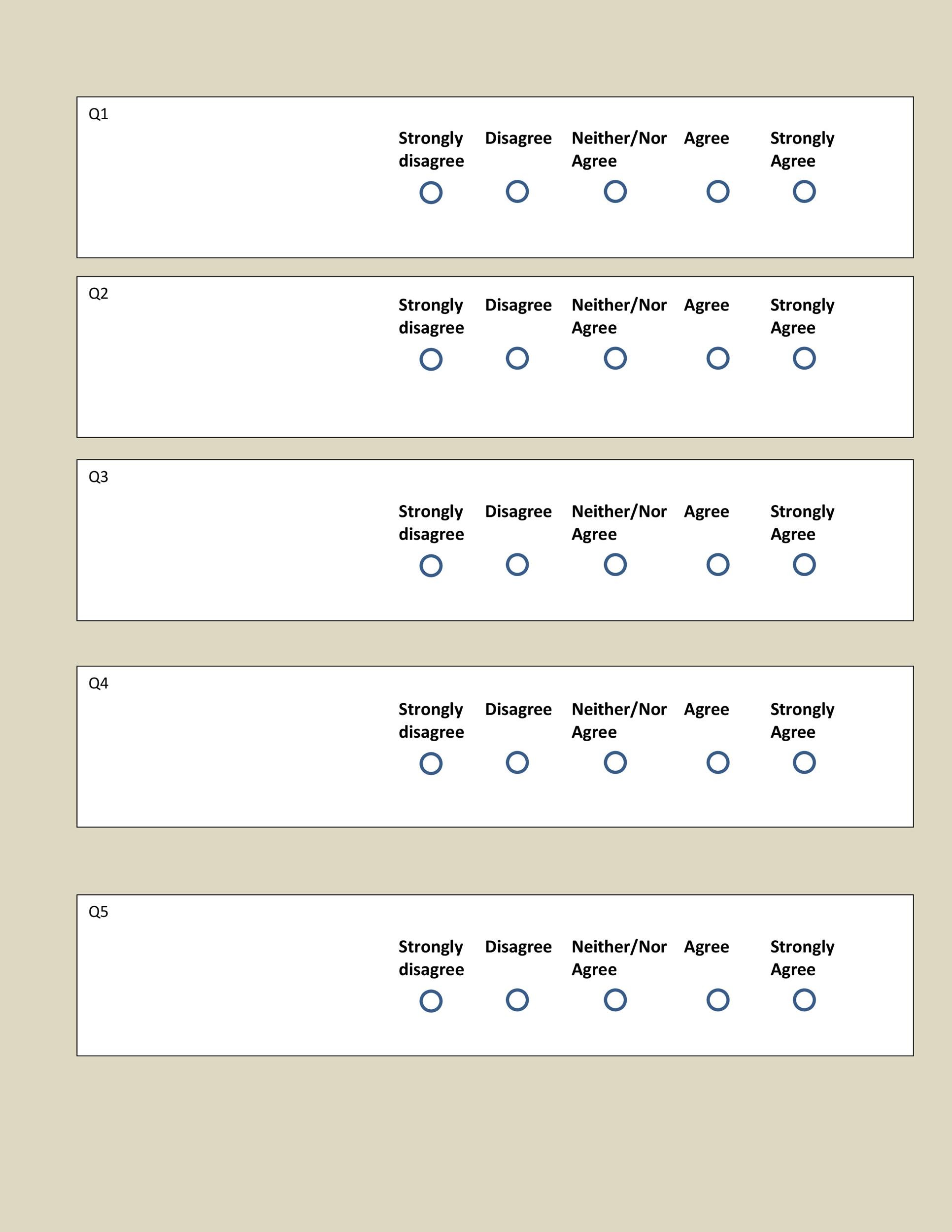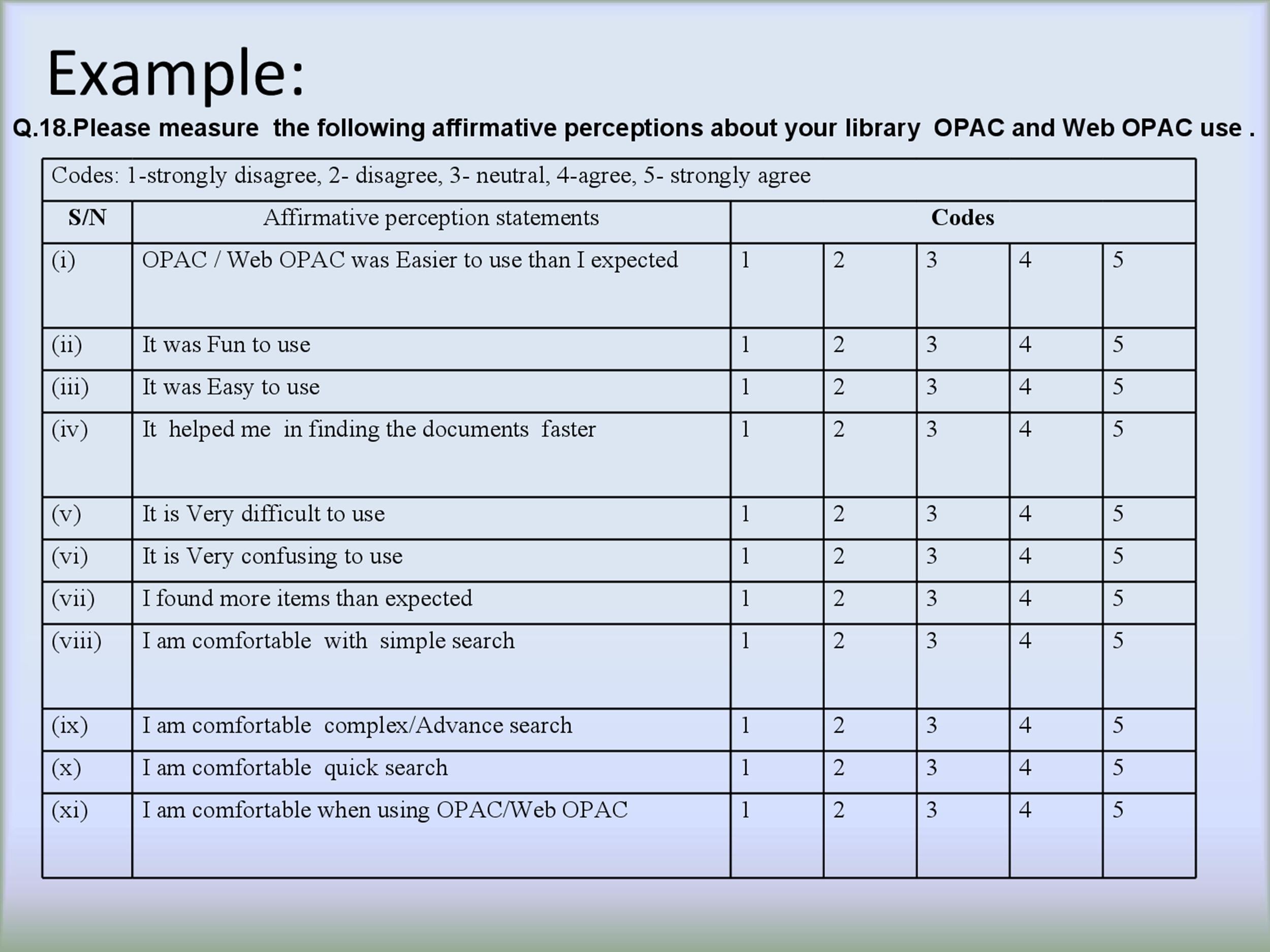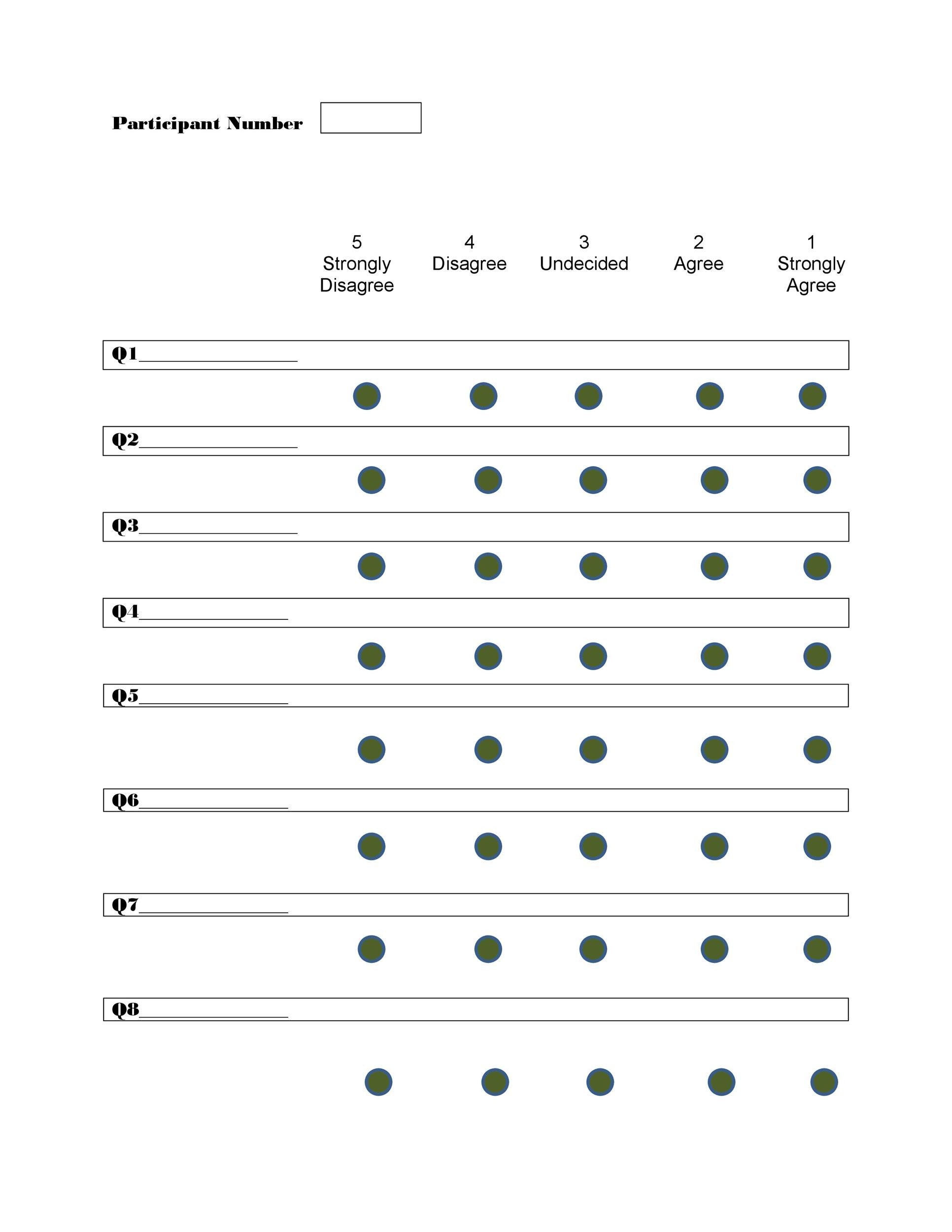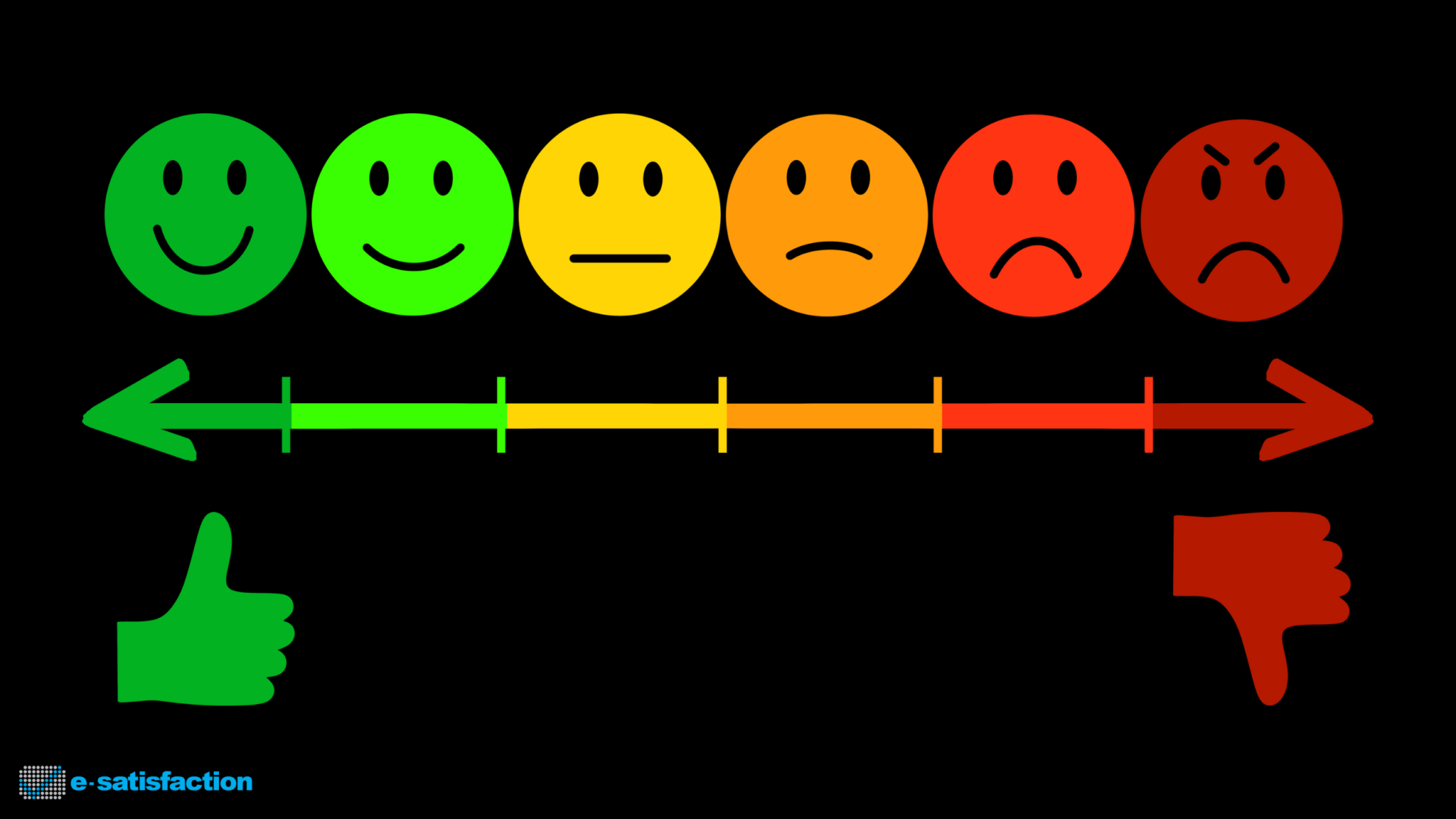The Likert Scale: A Powerful Tool For Measuring Attitudes And Opinions In 2025
The Likert Scale: A Powerful Tool for Measuring Attitudes and Opinions in 2025
Related Articles: The Likert Scale: A Powerful Tool for Measuring Attitudes and Opinions in 2025
Introduction
With great pleasure, we will explore the intriguing topic related to The Likert Scale: A Powerful Tool for Measuring Attitudes and Opinions in 2025. Let’s weave interesting information and offer fresh perspectives to the readers.
Table of Content
The Likert Scale: A Powerful Tool for Measuring Attitudes and Opinions in 2025
The Likert scale, a mainstay in research and data collection, remains a valuable tool for capturing nuanced opinions and attitudes in 2025. This versatile instrument, developed by Rensis Likert in 1932, provides a structured framework for quantifying subjective responses, making data analysis more straightforward and insightful.
Understanding the Likert Scale
The Likert scale presents a series of statements or questions to respondents, asking them to express their level of agreement or disagreement on a predefined range. Typically, this range consists of five points, although variations with more or fewer points exist. Each point is labeled with descriptive terms like "Strongly Disagree," "Disagree," "Neutral," "Agree," and "Strongly Agree." This structure allows researchers to assign numerical values to responses, facilitating statistical analysis.
Advantages of Utilizing the Likert Scale
The enduring popularity of the Likert scale stems from its numerous advantages:
- Versatility: The Likert scale can be applied to a wide range of research topics, from measuring customer satisfaction to assessing employee morale, making it a highly adaptable tool.
- Simplicity: The straightforward format of the Likert scale makes it easy for respondents to understand and complete. This ease of use minimizes the risk of response bias and ensures data quality.
- Quantitative Data: The Likert scale converts subjective opinions into quantifiable data, enabling researchers to perform statistical analyses and draw meaningful conclusions.
- Reliability and Validity: When designed and implemented correctly, Likert scales demonstrate high reliability, meaning consistent results are obtained across different administrations. They also exhibit good validity, indicating that the scale measures what it intends to measure.
The Importance of Careful Design and Implementation
While the Likert scale is a powerful tool, its effectiveness hinges on careful design and implementation. Key considerations include:
- Statement Clarity: Statements must be clear, concise, and unambiguous, avoiding jargon or complex wording.
- Balanced Scale: The scale should be balanced, ensuring an equal number of positive and negative options. This prevents response bias toward one extreme.
- Appropriate Number of Points: The optimal number of points depends on the research question and the level of granularity desired.
- Pre-Testing: Conducting a pre-test with a small sample group helps identify any potential issues with the scale’s clarity or functionality.
Applications of the Likert Scale in 2025
The Likert scale continues to find wide application in diverse fields:
- Marketing Research: Measuring customer satisfaction, brand perception, and advertising effectiveness.
- Healthcare: Assessing patient satisfaction, evaluating treatment outcomes, and measuring quality of care.
- Education: Evaluating teaching effectiveness, student engagement, and the impact of educational interventions.
- Social Sciences: Studying public opinion, social attitudes, and cultural values.
- Human Resources: Measuring employee morale, job satisfaction, and leadership effectiveness.
FAQs Regarding the Likert Scale
1. What are the different types of Likert scales?
Beyond the standard five-point scale, variations exist, including:
- Four-point scale: Omits the neutral option, forcing respondents to lean towards agreement or disagreement.
- Seven-point scale: Offers more nuanced responses, particularly useful when studying complex attitudes.
- Semantic Differential Scale: Uses bipolar adjectives (e.g., good/bad, strong/weak) to capture nuanced opinions.
2. How do I analyze data collected using a Likert scale?
Data collected from Likert scales can be analyzed using various statistical methods:
- Descriptive Statistics: Measures like mean, median, and standard deviation provide a summary of the data.
- Inferential Statistics: Techniques like t-tests and ANOVA can be used to compare groups or test hypotheses.
- Factor Analysis: Identifies underlying dimensions or factors that contribute to the responses.
3. How can I ensure the reliability and validity of my Likert scale?
- Reliability: Conduct test-retest reliability studies to assess consistency over time.
- Validity: Employ content validity, ensuring the scale covers all relevant aspects of the construct.
Tips for Designing and Implementing a Likert Scale
- Keep statements short and focused.
- Avoid double-barreled questions.
- Use neutral language and avoid leading questions.
- Ensure statements are grammatically correct and easy to understand.
- Pilot test the scale with a small sample group before wider deployment.
Conclusion
The Likert scale remains a valuable tool for researchers and practitioners in 2025, offering a structured and versatile approach to measuring attitudes and opinions. Its simplicity, reliability, and adaptability make it a powerful instrument for collecting and analyzing data across diverse fields. By adhering to best practices in design and implementation, researchers can harness the power of the Likert scale to gain meaningful insights into human perceptions and behavior.








Closure
Thus, we hope this article has provided valuable insights into The Likert Scale: A Powerful Tool for Measuring Attitudes and Opinions in 2025. We appreciate your attention to our article. See you in our next article!
You may also like
Recent Posts
- The Evolving Landscape Of Online Gaming In 2025: A Look At Emerging Trends And Innovations
- The Evolving Landscape Of Online Gaming On PS4 In 2025: A Glimpse Into The Future
- The Evolving Landscape Of Free Online Gaming: A Look Into Microsoft’s Vision For 2025
- The Evolution Of Online Slots: Exploring The Landscape Of Free Play In 2025
- The Enduring Charm Of 8-Bit: Exploring Online Retro Gaming In 2025
- The Evolving Landscape Of Free Virtual Games: A Glimpse Into 2025
- The Evolving Landscape Of Online Two-Player Games For Kids: A Look At 2025
- Wordplay In The Digital Age: Exploring The Evolution Of Online Word Games In 2025

Leave a Reply